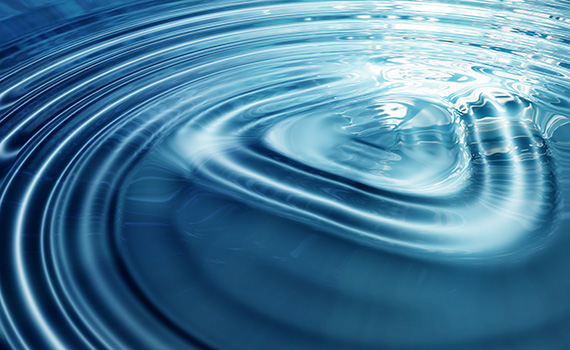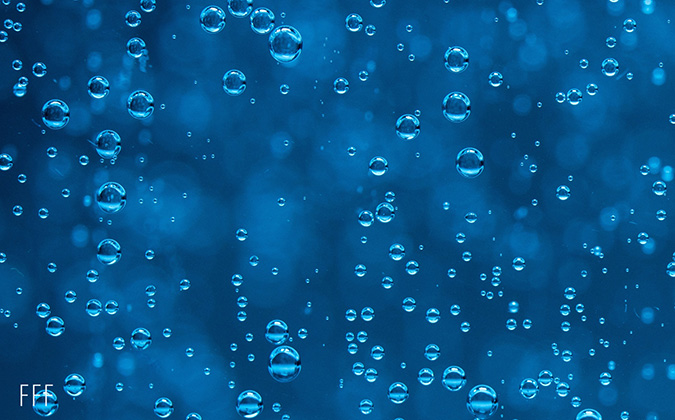
Optimizing recirculating aquaculture systems: Fish farming’s hot topic
It’s a boom time for recirculating aquaculture systems (RAS) — but unanswered questions remain in ensuring this ever-more-prevalent approach to large-scale fish production reaches its considerable potential.
That’s according to Professor Herve Migaud, personal chair, Institute of Aquaculture, University of Stirling and current European Aquaculture Society (EAS) president.
“At the moment you’ve got a lot of suppliers that cannot cope with the demand because RAS in the world are expanding quickly. There’s not a month in the year without a new RAS facility being designed somewhere in the world,” Migaud said.
“It’s just moving so fast. This is attracting a lot of investments into the global aquaculture sector — not only salmon, but also shrimp, tilapia and emerging species, you name it — in every part of the world.”
This RAS boom has been made possible by recent technological advancements which make these systems much more reliable, biosecure and efficient at farming fish in a controlled manner. At the core of these systems are biofilters, which host nitrifying bacteria converting ammonia excreted by growing stocks into nitrate, which is relatively harmless to the fish.
“If you’re sure that your water treatment is operational, and then you go through the step of disinfecting any kind of biological material equipment coming in, then you have a completely biosecure facility. And this is the attraction of it,” he said.
“These environments are not sterile, but they make sure that there are no pathogenic bugs, bacteria or viruses in there.”
Fish development focus
A number of different approaches fall under what is termed RAS. In salmon production, and especially in Scotland, RAS is mainly used for smolt production in freshwater, he explained, but it’s also being increasingly used around the world to produce large, harvest-size salmon.
Then there are the recirculation systems used for marine fish — with a totally different environment, and different pathogens and risks, he added.
Scotland’s main salmon producers all have put considerable investment into RAS over the last few years, either developing large, new facilities or upgrading their existing systems, Migaud explained. But with such industry change speeding ahead, there remain a number of unknowns relating to the interactions between the environments of these systems and fish health and welfare, as well as system operation.
Migaud’s work focuses on egg incubation to parr through to smolt production in land-based RAS. In smolt production in particular, RAS has brought enormous change.
“A normal smolt 10 to 15 years ago used to be 50 to 70 grams. Today, a commercially produced smolt in RAS is between 120 and 150 grams, and can reach 250 grams. So we’re looking at fish at the same physiological state but which are at least twice as large, in the space of less than 15 years,” he commented.
Bigger does not necessarily mean more robust, he continued, but the trend toward larger smolts has largely been driven by health challenges that can be experienced at sea. Larger sizes at transfer can reduce the time it takes to reach harvest, thereby reducing exposure to potential health threats. Other strategies also include growing post-smolt in land-based facilities and transferring them to open seawater units when they reach a large size.
Anecdotal reports in Scotland, however, suggest that RAS smolts do not perform as well as those reared in ambient loch systems when they are transferred to sea. This concern has led to a large, collaborative project, Robustsmolt, coordinated by Migaud and his team and funded by UK Research and Innovation, the Scottish Aquaculture Innovation Centre (SAIC) and industry, together with colleagues from Aberdeen, Edinburgh and Exeter Universities.
The work seeks to better characterize the RAS environment and its potential effects on fish physiology and performance throughout the production cycle, with several hypotheses being tested.
Managing complex interactions
Another issue facing the industry is the lack of standardization in terms of technologies, protocols and system management approaches, Migaud said, noting the remarks of expert speakers at RAS@EAS, a workshop of the EAS’s 2021 conference.
“A panel member said that with RAS you experience the good and the bad, but mainly the unexplained. I would agree with that; it’s because there’s such a complex interaction of factors going on in there, between the technology; the environment, including the water with its complex chemistry and microbiota; feeds; temperature; light; disinfection; vaccination; and, of course, the fish.”
Using data wisely is crucial to managing such complexity, but exactly how to do this is a topic of debate in the industry.
“Now you can get probes to monitor almost everything everywhere, and you can gather a lot of data continuously. But without a good scientific understanding of fish sensitivities to suboptimal levels and toxicity levels, data are not always very useful. The fact is, at the moment, there is a lot of data acquisition and filling up of hard drives without much ability to make sense of the data,” he continued.
“We’re speaking about things like CO2 in RAS, which is accumulating in the system and can reach levels way higher than in open ambient systems. Now, you can monitor CO2 on a daily or a minute-by-minute basis if you want, but if you don’t actually know what is the cutoff level, that is problematic. Then what do you do? A lot of research is needed.”
Regular calibration of systems is also essential to ensure data collected for any water chemistry parameter is of quality, he said, as things can go wrong quickly in large operating RAS.
Technology versus biology
Another hot topic of discussion is the need for monitoring systems focused on fish behavior and welfare, he said, suggesting that RAS currently may be focusing on technology and the physical environment but not so much on fish biology.
The poultry industry could serve as an inspiration for change in this respect, he continued, given the widespread use of artificial intelligence (AI) systems that continuously monitor the animals and can quickly identify problems. Similar developments have been made in salmon production units using AI and submerged sensors, hydroacoustics and cameras.
“We are actively involved in this research area in Stirling for cage fish farming, where we are using hydroacoustic telemetry and camera technologies,” he explained.
“But in RAS at the moment, there’s not really anything available yet mainly because of the tank size, density of fish and water properties, which make the use of camera and sensor systems more difficult.”
Posted on: December 20, 2021






